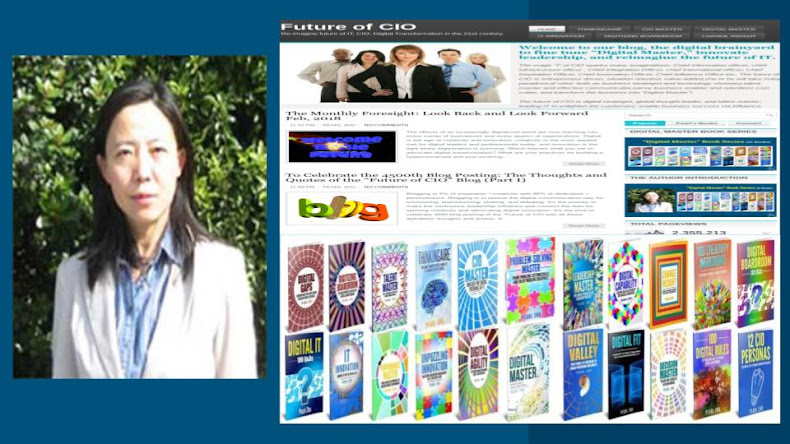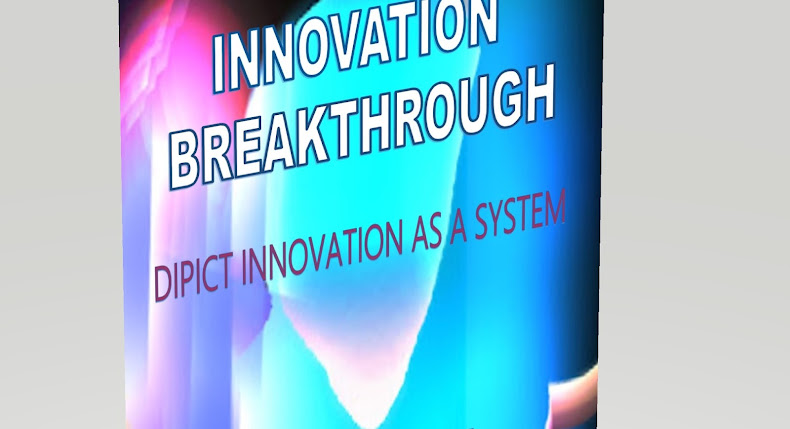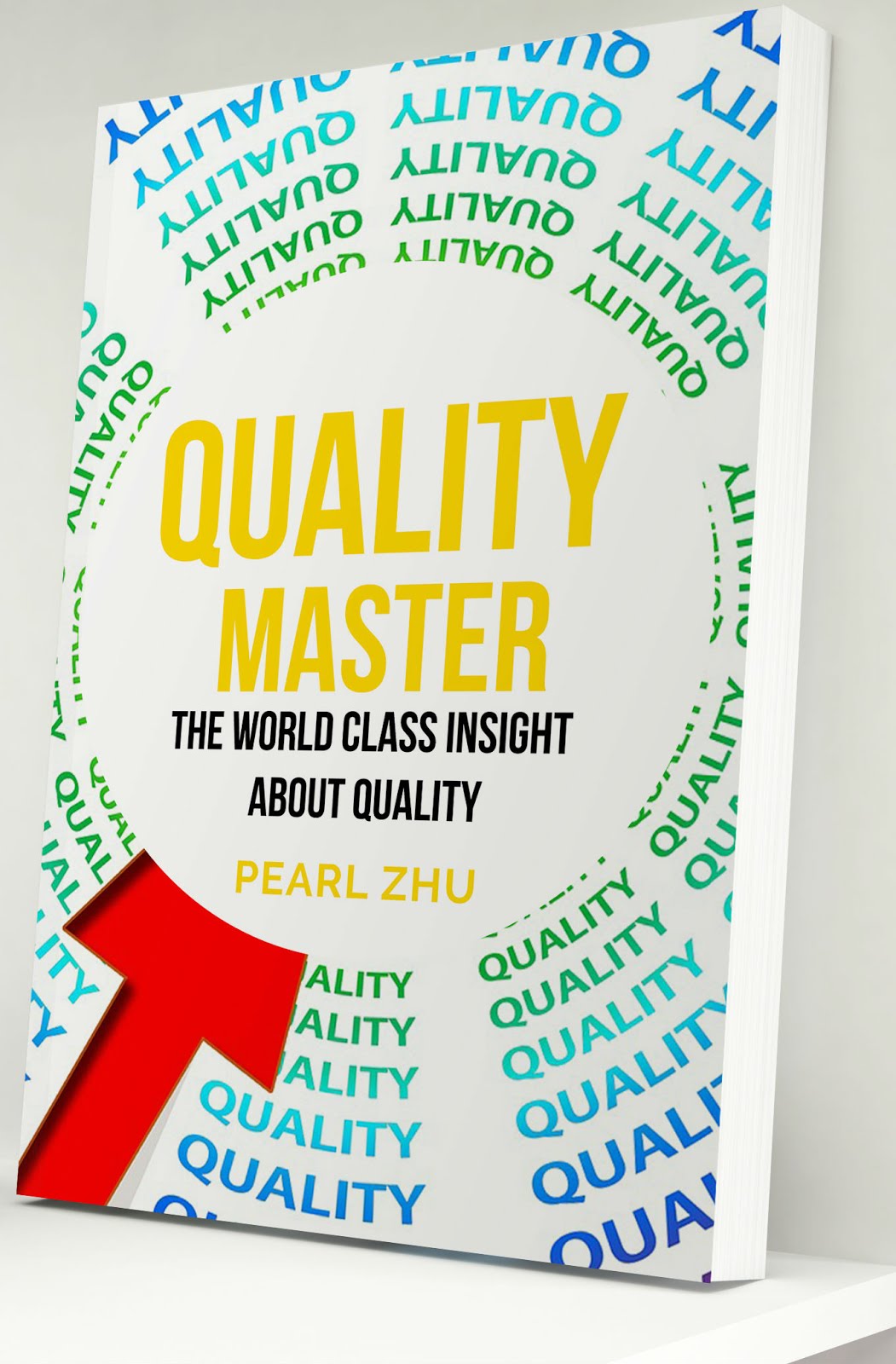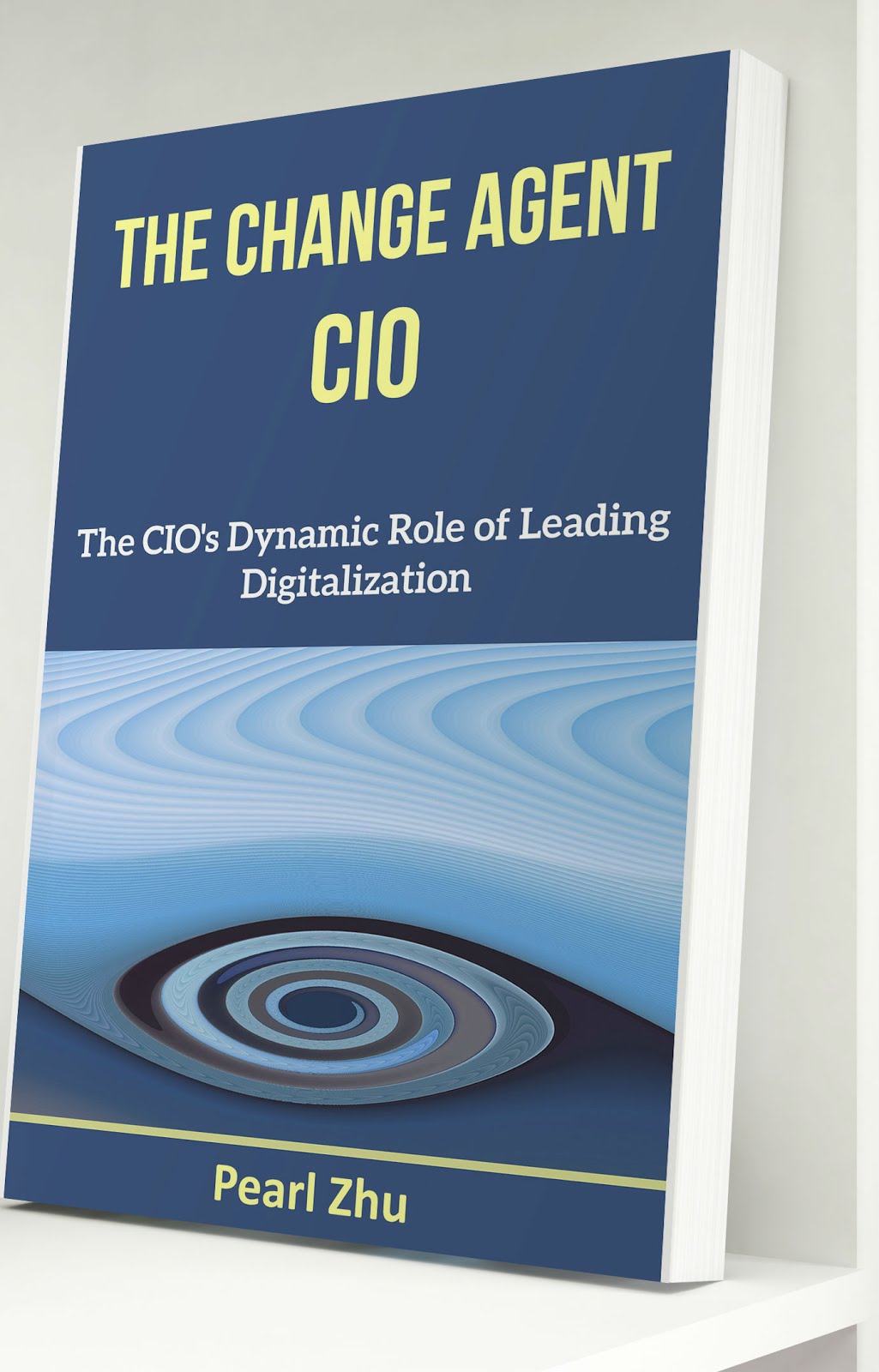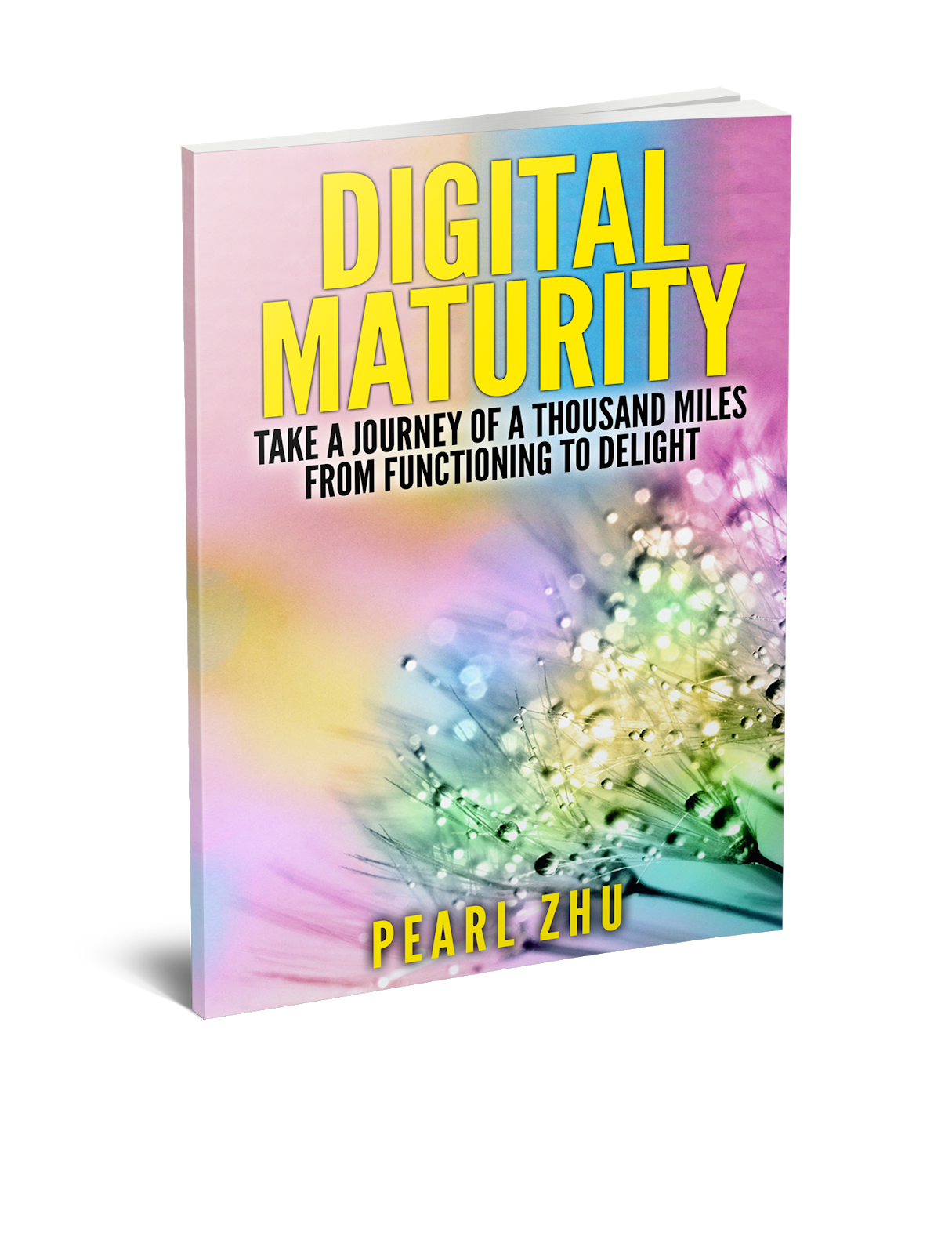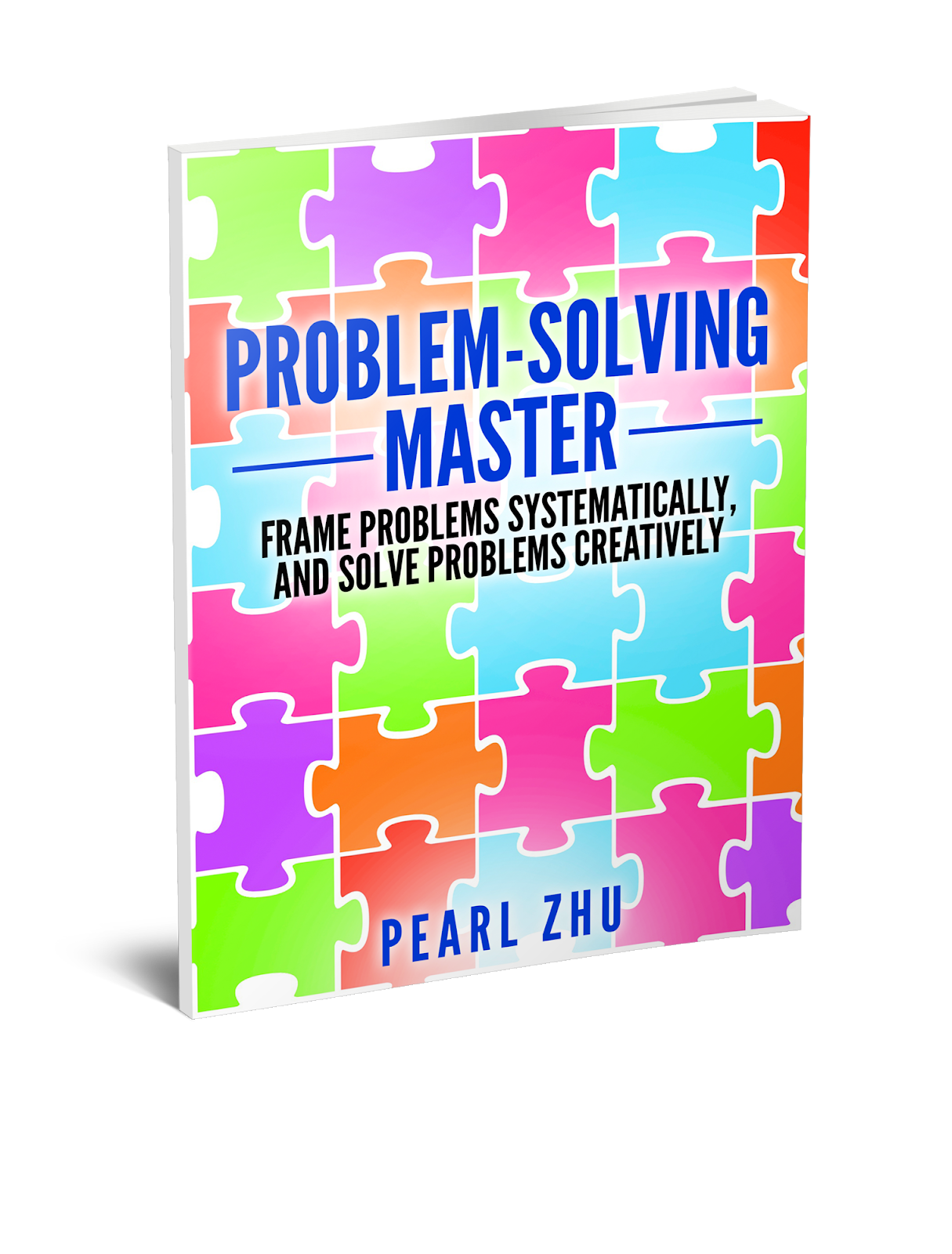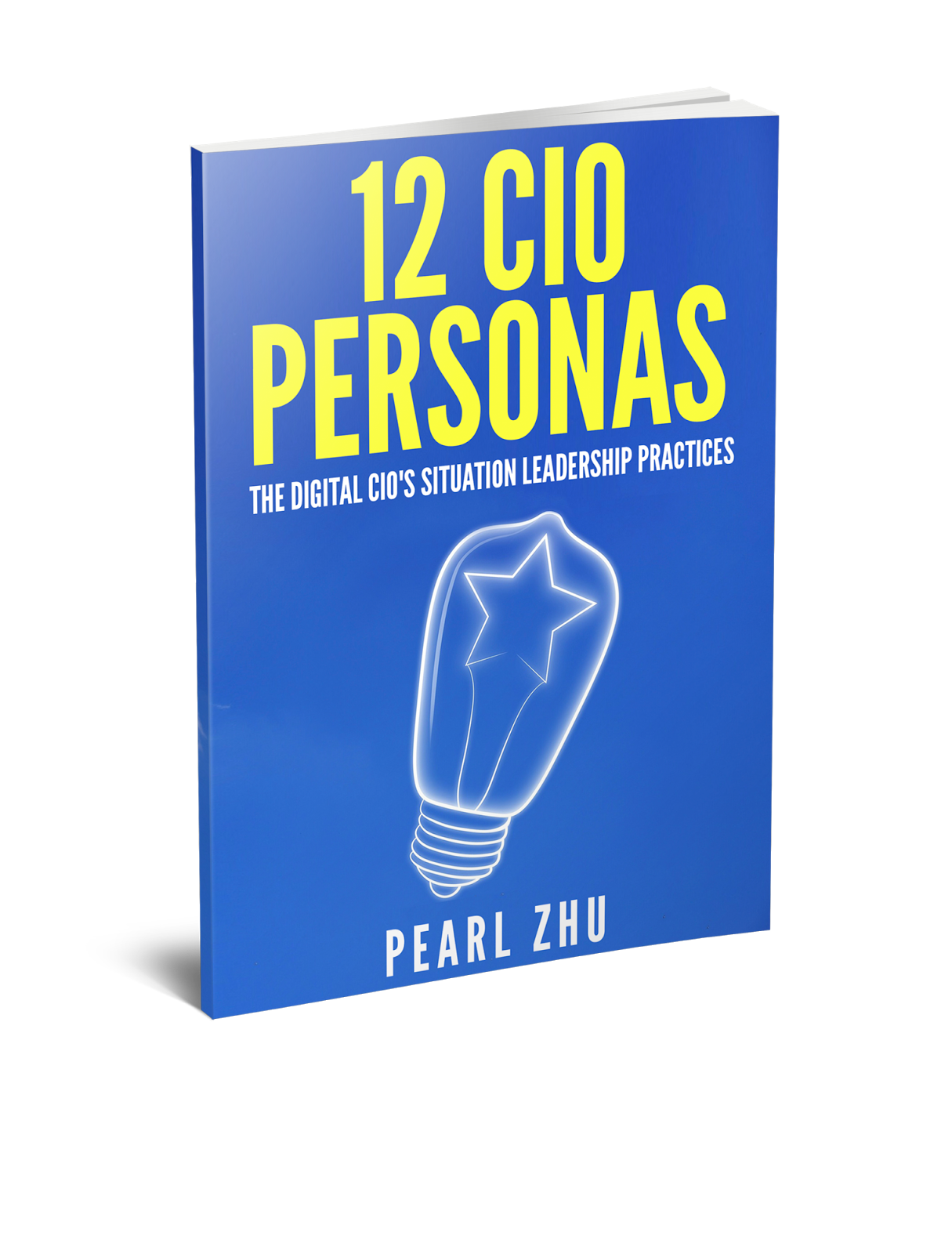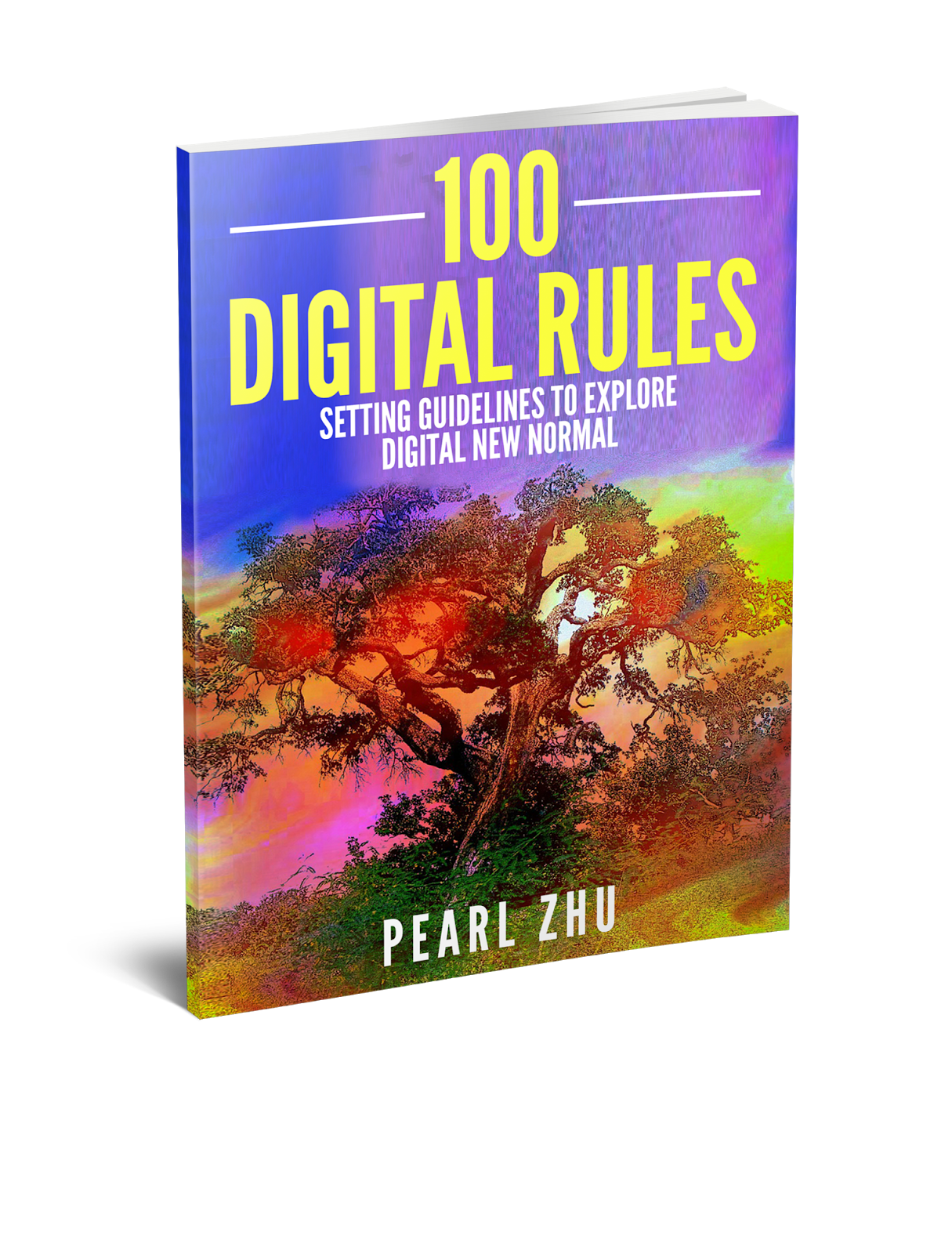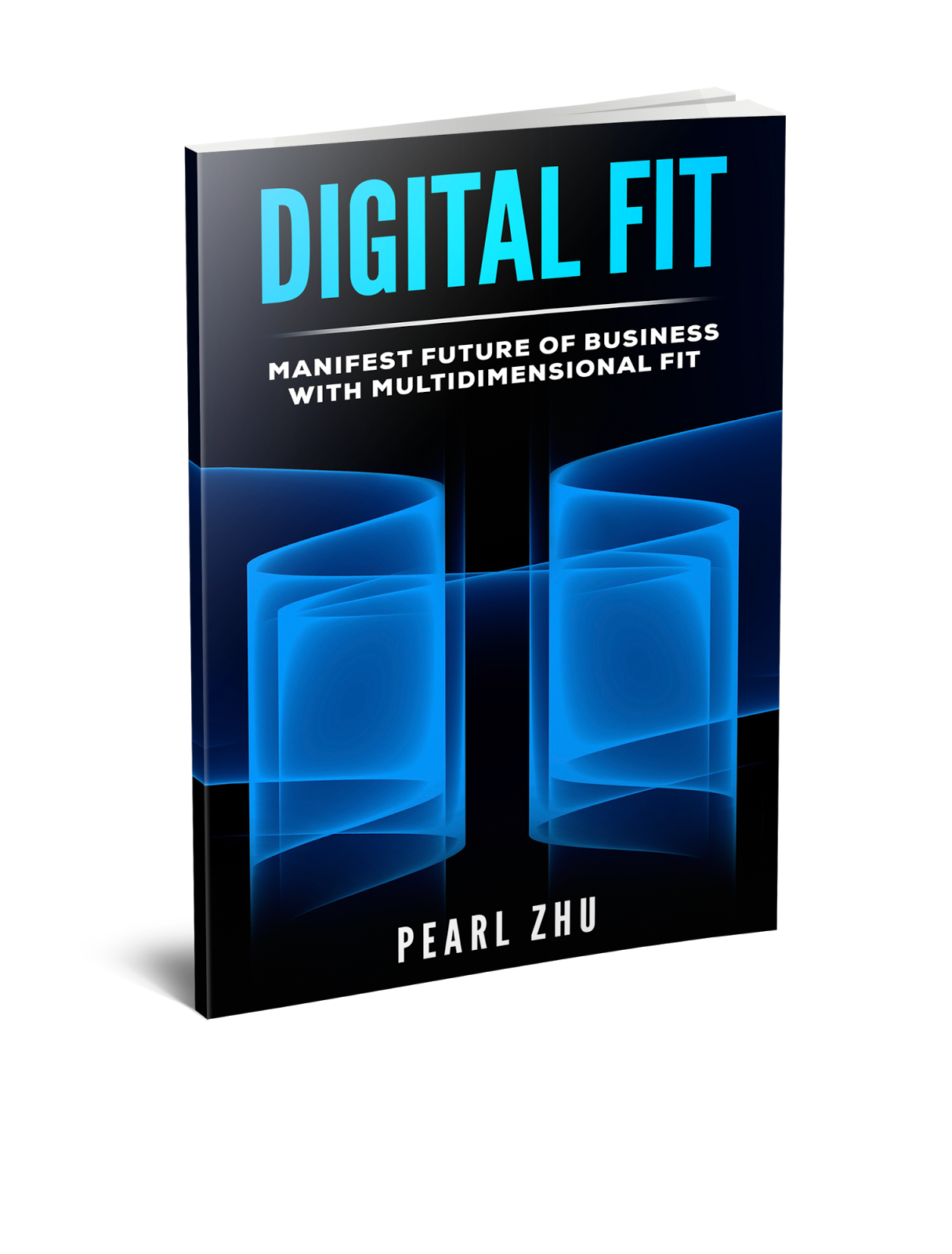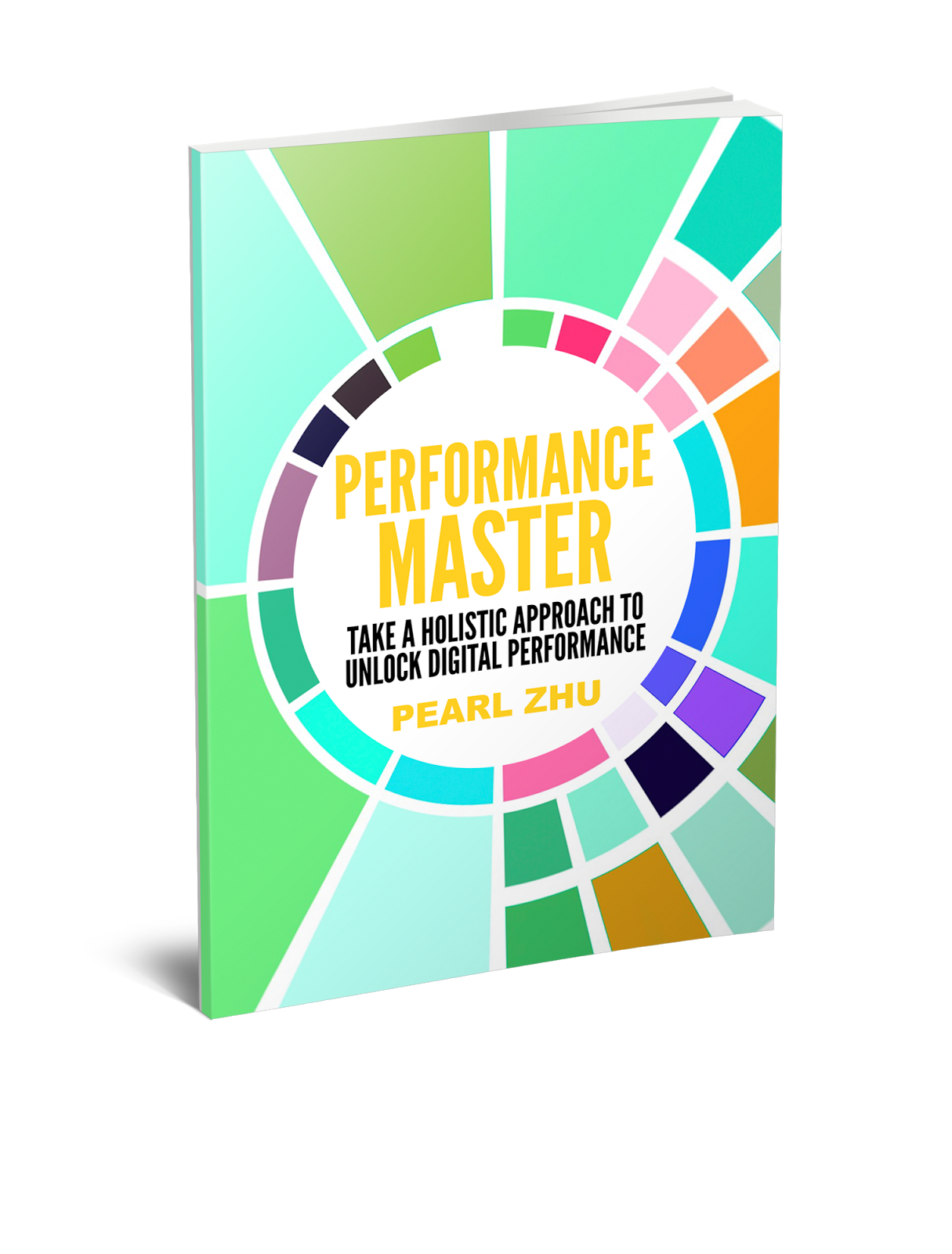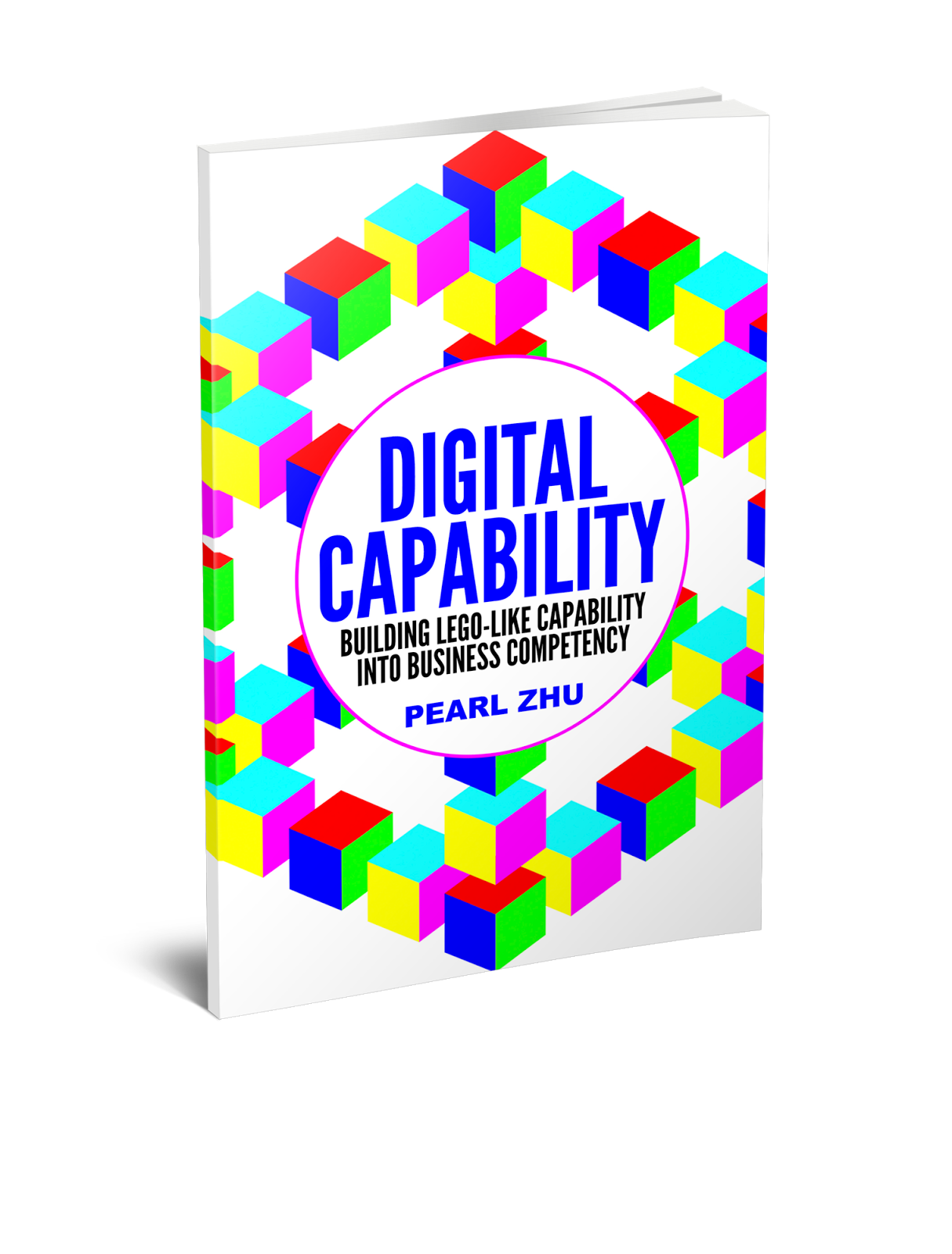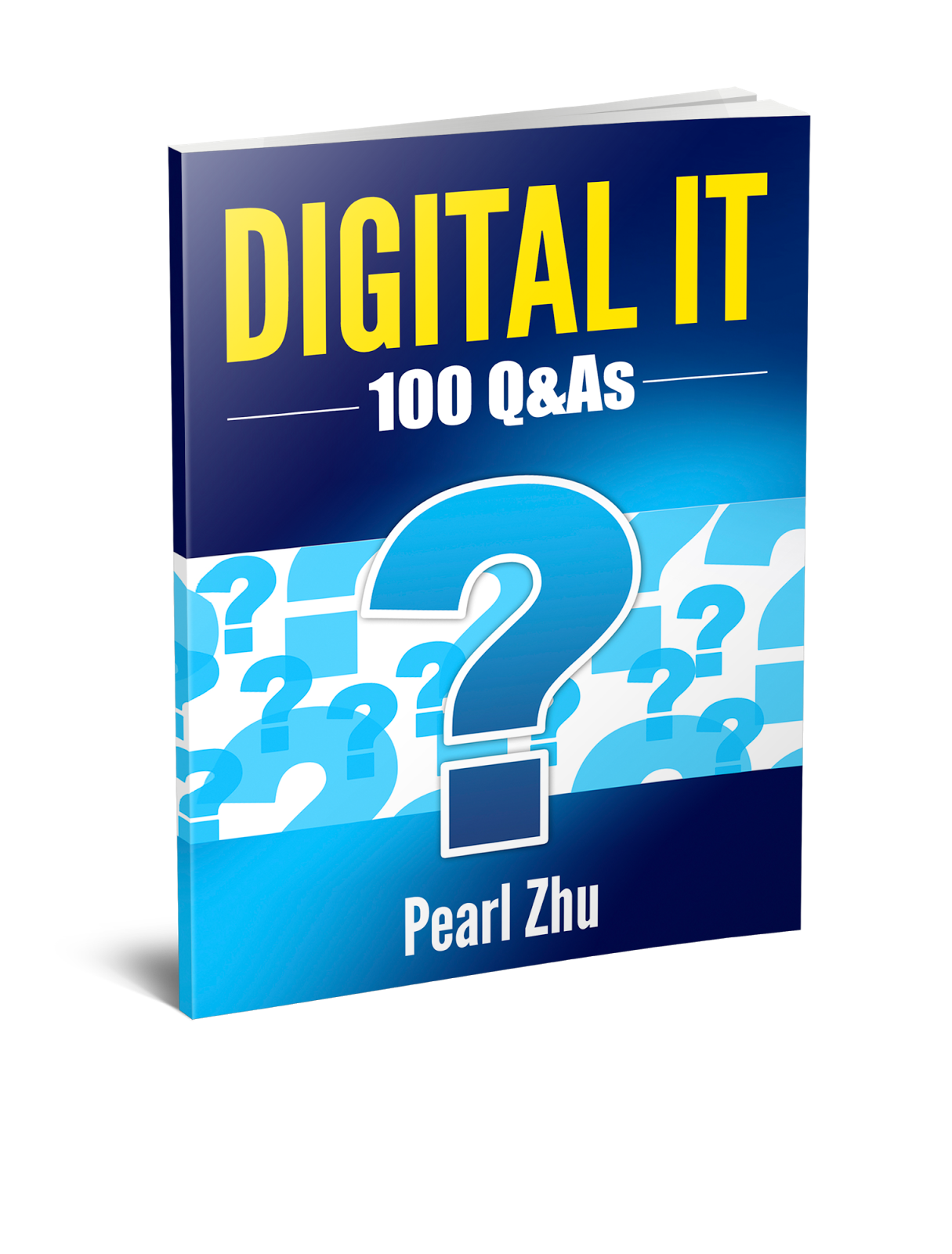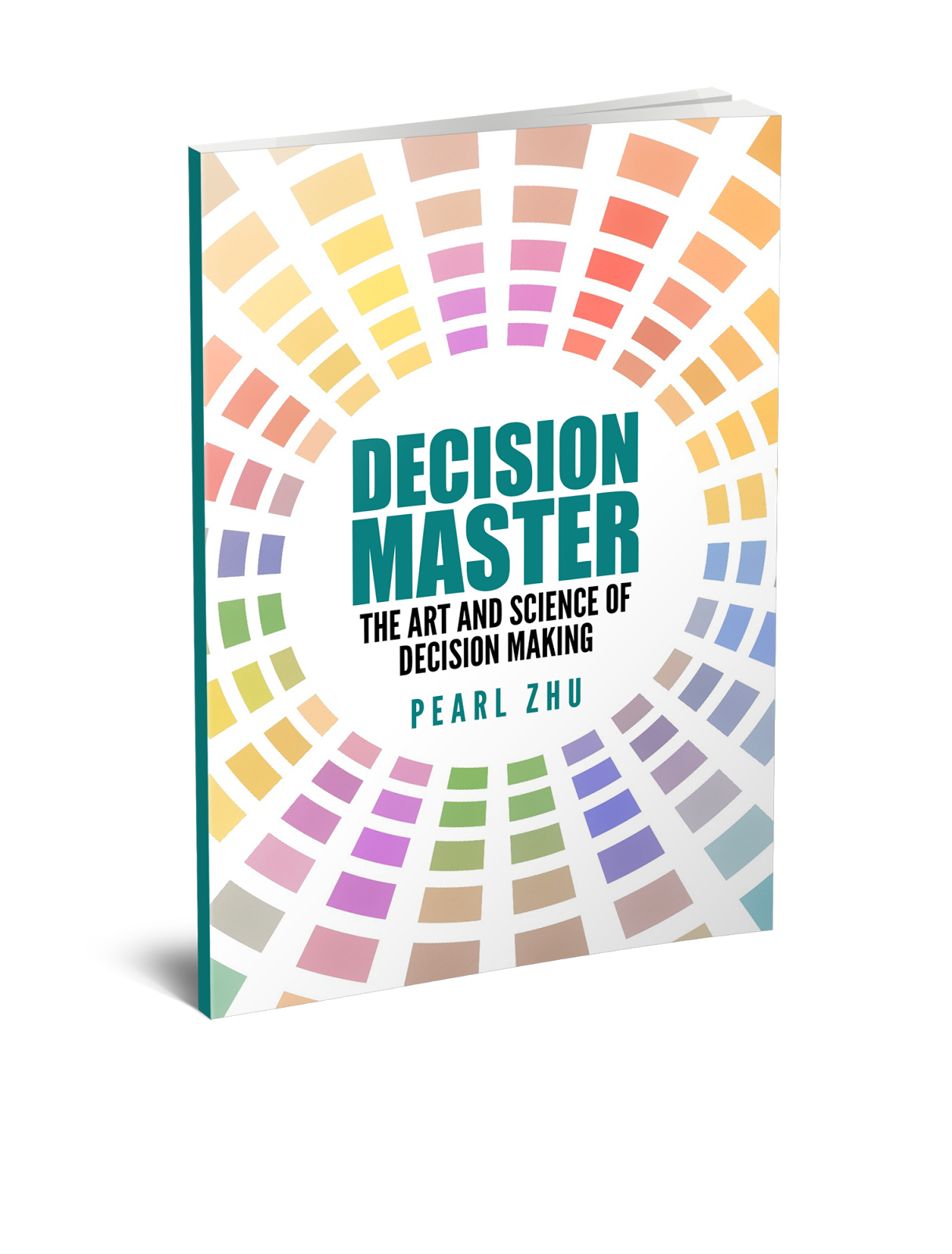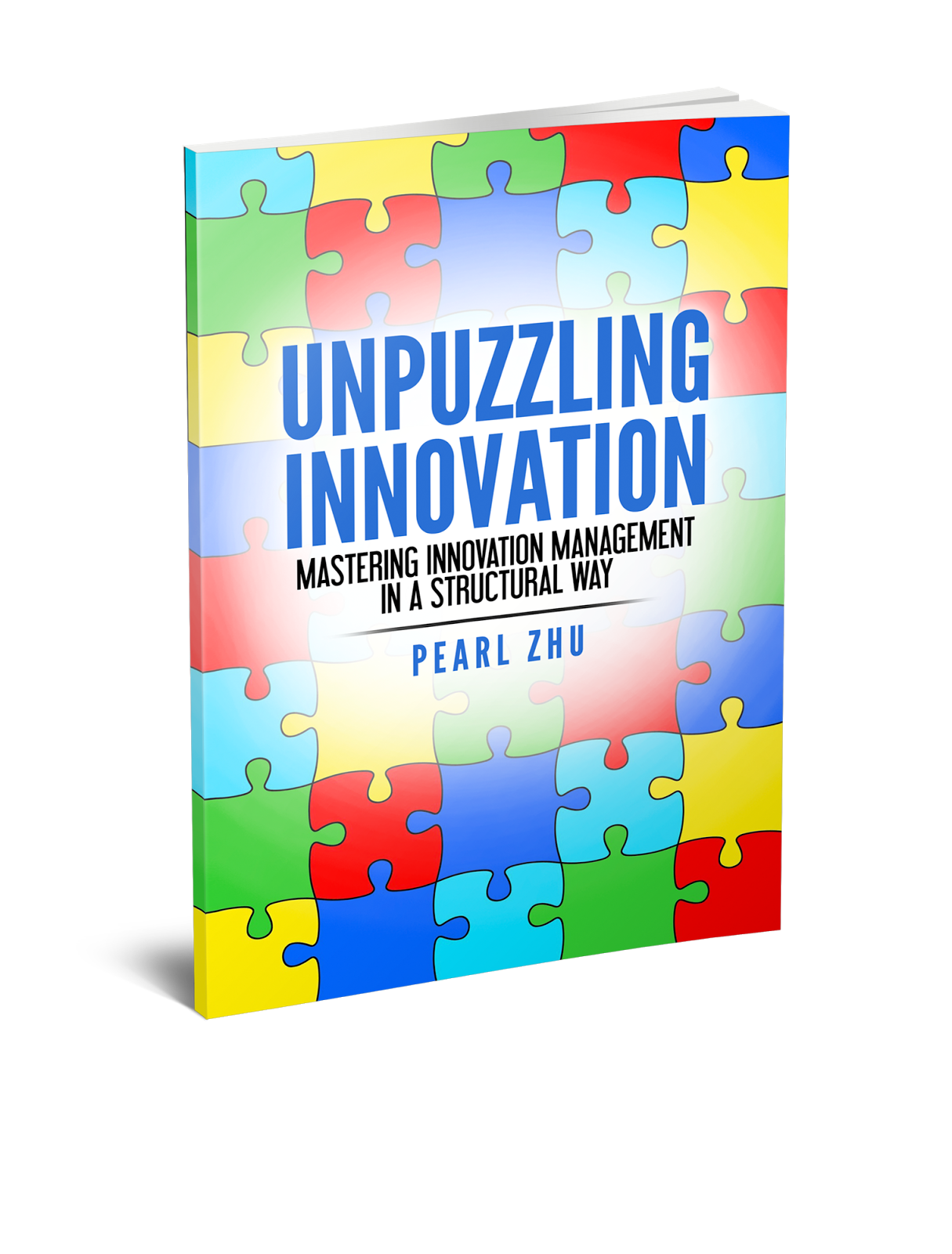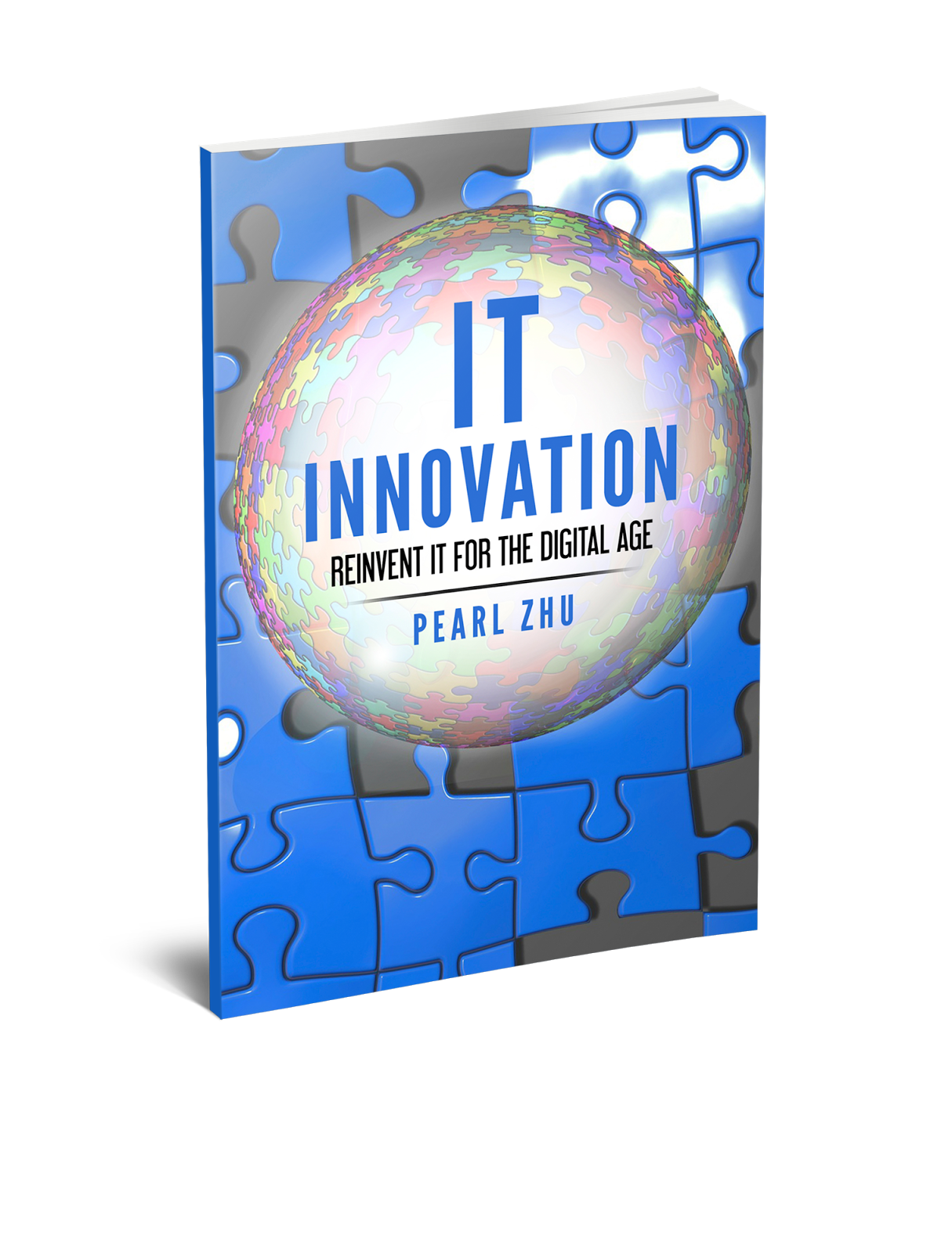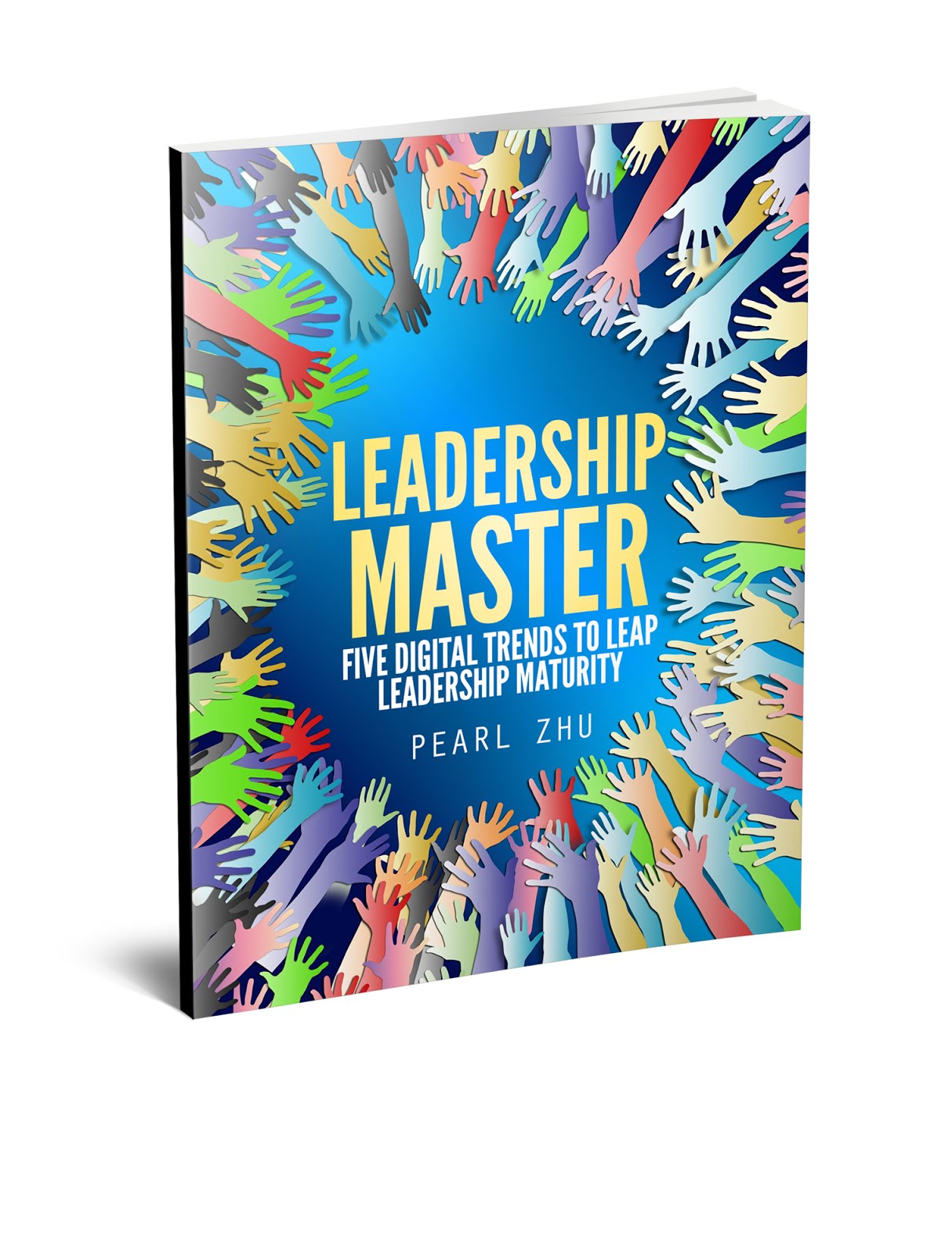Learn to think beyond a single dimension; see underneath the surface; pursue more than one solution and appreciate the world of difference: The digital world is dynamic, interconnected, and interdependent, with the abundance of information. The idea of digital paradigm shift, starts from mind shift. To break down silos and break through thinking ceilings, you need to gain sufficient knowledge and unique insight to observe deeper, see things underneath and think profoundly. Increasingly, we should see value in being mindful, appreciate multiple viewpoints and think of alternative solutions.
When you intend to understand, interpret, judge, or articulate something, you need to form a critical opinion of it based on true facts, discerned information, in-depth understanding, and clarified notions. Contemporary global citizens understand the value of harnessing differences, leverage tools and experiences to communicate and build trust across diverse cultures, to shape the true global society effectively.
Awaken your consciousness and liberate your mind to obtain accurate knowledge and wisdom because it gives you a holistic view of circumstances: The career or life is an accumulation of experiences; some you can choose, others perhaps just happened to you. The experience of the world through the senses and the mind, the various processes of thinking and the different implications of this experience are all personal information for people to shape their own perceptions and influence on how they make decisions, large or small; how they take actions in their own ways.
Thinking outside the current constraints and comfort zones requires a different vision and the courage to pursue it. In order to accomplish the impossible, one must be able to see the hidden clues and spark creativity. Good experience brings you confidence, negative experiences make you frustrated. It’s important to gain an in-depth understanding of your experiences and learn from them, turning roadblocks to building blocks for shaping future changes.
Innovation requires balance, balance increases harmony, harmony catalyzes collective human progress: The world is far from perfect, and most of the problems are caused by negative thinking, miscommunication, poor judgment, misbehaviors; or to dig deeper, many are caused by the unbalanced mindsets which lack of emotional intelligence or interdisciplinary knowledge. Imbalance is inevitable if you pick one of the two opposite sides of viewpoint only, and take the two-dimensional lenses to perceive the multi-faceted world.
Balance is a dynamic equilibrium to make change continuum. Balance is not about putting casual things in the same box and expecting natural harmony or creative inspiration.]. Balance seems effortless, but there are all different ingredients such as communication, interaction, flexibility, and resilience, etc, in it to make it work, creating something new to achieve a state of dynamic balance.
The past is part of the history, from which we could always learn something. The present is when we have the time to think, act, and make accomplishments. The new year is the time we make a wish, hopefully, things are going smoothly, so we can overcome obstacles, move ahead to lead changes we want to see. There is more than one road to lead changes and innovations, and there are many best practices you can take in the upcoming new year for unleashing collective potential. Looking inside and understanding deeply of ourselves with a desire for reinventing our beings allows us to leverage knowledge to increase the influential outreach for the betterment of human society.

































